Quito in Ecuador: a Travel Guide to the Closest Capital to the Sun in the Middle of the World
- Guest Blogger

- Sep 19, 2020
- 6 min read
Updated: Aug 15, 2022
Quito in Ecuador; at the intersection of two hemispheres on the bulge of the equatorial line, it is the closest capital to the sun. Situated on the slopes of the Pichincha volcano, it is the second tallest capital in the world sitting high in the Andean foothills at an altitude of 2,850m. This sprawling city has spectacular sights with breathtaking views and amazing food.
Guest Bloggers: Suk & Sangy, Urge to XPLORE
Disclosure: Our site contains Affiliate Links. Clicking an Affiliate Link and purshasing something we recommend, won't cost you anything extra - it probably will save you some bucks. It will though give us a small comission which will help this site remaining a free resource for travellers to explore our world together.

Quito’s old town has one of the largest and the best-preserved historic center in Latin America called the Centro Historico -it is the first cultural UNESCO World Heritage Site. The narrow cobblestones streets of the old town are steep with many vibrant colonial structures and monuments including 16th-17th century churches built blending Spanish and indigenous styles.

Head to Parque Itchimbia located at the summit of the Itchimbia hill. At 2900m it offers sweeping views of the historic center and the prominent landmarks that dominate the skyline.
One of the must-see sights is the La Basílica del Voto Nacional. A beautiful roman catholic church built in neo-gothic style with stunning interiors. You can climb up to top of its towers to an amazing lookout for an up-close view of the historic center. The Virgin of El Panecillo also known as the Virgin of Quito is located on the top of the hill of El Panecillo, a loaf-shaped hill in the heart of the city and serves as a backdrop to the historic center.
Much of the sights in the historic center are walkable. Start at the Plaza de la Independencia, known as Plaza Grande, which is the principal and central public square. With Heroes de la Independencia monument at its center that symbolizes the triumph of the republic, the Plaza is surrounded by the Metropolitan Cathedral, Palacio Arzobispal, and the Palacio de Carondelet which is the seat of government of the Republic of Ecuador. Just beside the palace, you will find the Centro Cultural Metropolitan, one of Quito’s finest museums.
A few steps away is the Plaza de San Francisco another public square that faces La Iglesia y Monasterio de San Francisco - the Church and Convent of St. Francis. Walk down to the Centro Commercial at the Palacio Arzobispal to savor a sumptuous meal of a hearty potato soup and some fresh ceviche at the Hasta la Vuelta, Señor. Just a few minutes away is the statue of Marshal Antonio José de Sucre, the hero of Independence at the Plaza de Santo Domingo which also has the Church of Santo Domingo – a Catholic Temple.
Of the many churches in the historic center, we would recommend visiting the La Iglesia de la Compañía de Jesús, widely regarded as the most beautiful with its ornate design and gold-leaf covering much of its vast interior. If you have time to spare you can also visit the Church of El Sagrario a chapel that is part of the larger Cathedral of Quito. On one of the evenings take a stroll along Calle La Ronda - with its lantern-lit streets and floral balconies it is home to many art galleries, craft shops, cafes, and elegant restaurants. Reserve a table at the Vista Hermosa – its open rooftop offers a magnificent 360-degree panorama over the Old Town.

Acclimatizing to the high altitude may take a day or two for some people, so on day three or four take the TelefériQo, one of the highest aerial lifts in the world, to ride up to the top of Rucu Pichincha. A slow and steady climb takes you to the summit at 4784m. On the way to the top, you will walk past a set of swing – go for it.

Once at the summit you will able to grasp the vast expansive reach of the city. The air is thin, but the views are breathtaking.
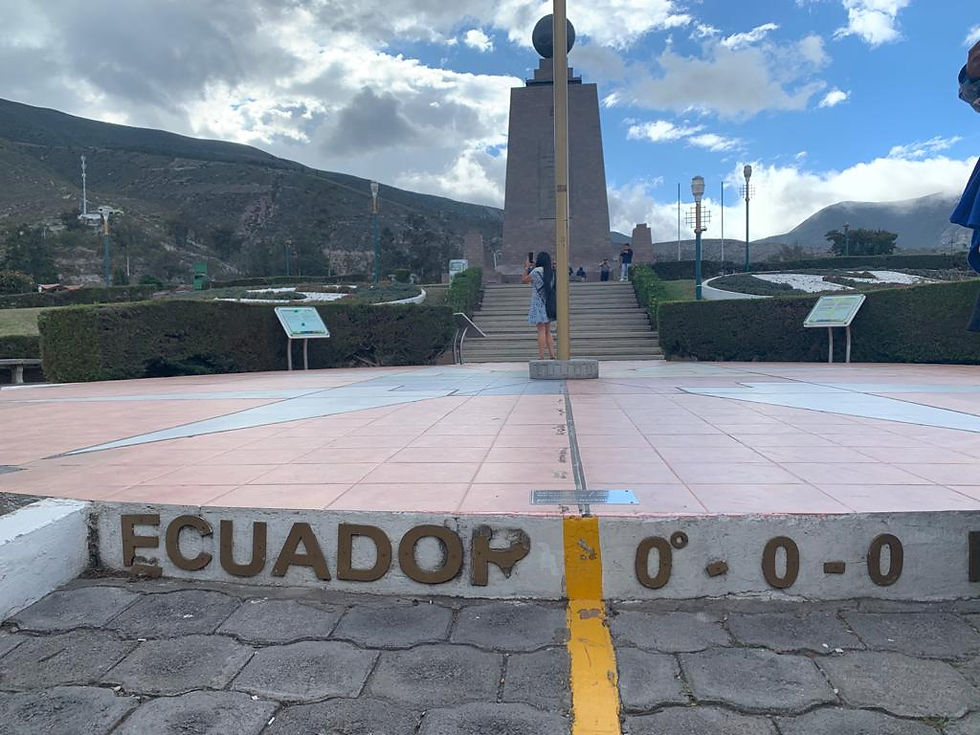
One of the days you must head to La Mitad del Mundo, right at the intersection of Northern and Southern hemispheres this is the Middle of the World. Where else can you stand with each foot in a different hemisphere? Although modern research shows the actual equatorial line is few meters away, this is still a must-visit in Quito.

The place has many restaurants, a small market with souvenirs, a place to get your passport stamped with souvenir stamps. Do try a handmade ice cream at the Ice Cream Museum.

There is a monument where you can climb to the top to a get glimpse of the two hemispheres.
Places to Go Around Quito
Cotopaxi – It is the iconic mountain with a snow-capped crater rising majestically behind Quito. It is the most defining image of Ecuador.As one of the worlds highest volcanos, it is also one of its most active ones. A typical day trip (60 km south of Quito) with scenic drive gets you into the Cotopaxi National Park. From the parking lot, you drive through a rough gravel road to reach near Lake Limpiopung for some amazing views of the Cotopaxi.
For the more adventurous, it is possible to climb Cotopaxi without any mountaineering experience, but the high altitude, steep sections of snow and ice mean this is not a feat to be taken lightly.
Quilotoa - A turquoise lake within a volcanic crater - Laguna de Quilotoa is a sight to behold. The lookout on the crater rims offers stunning views of the still green water almost 400m below. One can hike down to the bottom for a much closer look and take a boat ride as well. Tucked in the rugged countryside the surrounding areas are home to indigenous people and villages.
Both these can be covered in a single day tour without the hike up to Cotopaxi Peak or hike down to the Quilotoa Lake.

Plan to spend an evening at La Mariscal – the modern part of Central Quito. Plaza Foch comes alive in the evening with patios, pubs, and cafes. The surrounding streets are dotted with many restaurants, bars, and boutiques. The Mercado Artesanal is a great place for souvenirs – a covered market with many rows of stalls selling crafts, leather goods, and clothing.
Otavalo tour will be close to a full day.
If you have time keep it for the last day so that you know how much you can pack.
Otavalo Market – It is one of the largest indigenous markets in Latin America. The indigenous Otavalo people are famous for weaving textiles, usually made of Alpaca wool are sold at this market. Other than shawls, scarfs and sweaters, there are jewelry, musical instruments, leather goods, indigenous costumes, hand-painted platters and trays, purses, spices, raw foods, and plenty more art and crafts.
Best Place to Stay in Quito
Most of the sights are in the Old Town, however, most of the city tours and tours to places away from the city originates from La Mariscal. So somewhere midway between these two areas is ideal. Area around Parque El Ejido has many hotels, bed & breakfast, and Airbnb. On weekends the park turns into a hub of activity with musical performances and artisans selling colorful handmade crafts.
Best Time to visit Quito
Quito has a constant cool climate due to its elevation and proximity to the equator. Spring-like temperatures make it enjoyable throughout the year. June to September and December to January are the best times.
More Quito Travel Tips and Recommendations
Transportation in Quito: Buses and Taxis are in plenty in Quito, but the most reliable and safe option is Uber which is also quite reasonable.
The Currency: Ecuador’s official currency is US Dollars.
Cellphone: You can pick up a SIM at the airport. Charges are reasonable.
Recommended Itinerary: A 5 -6-day itinerary can cover most of the sights mentioned here along with a couple of day trips. Do keep in mind its high altitude and it may take a day or two to get fully used to it.

Authors and Food Travel Writers Suk & Sangy are a couple living in Toronto Canada with a nomadic soul. They have been travelling the world together for many years now and been to many places across 5 continents. As the pandemic put a restriction on their travel plans, they decided to spend their time sharing their past travel experiences through their blog – Urge to XPLORE. Also follow them on their Instagram.
A complete Guide to Quito in Ecuador; the Capital Closest to the Sun in the Middle of the Earth. Find places to go around Quito, things to see and what to do in Quito, best place to stay in Quito and find activities in Quito in the Ecuador Guide from Urge to XPLORE.








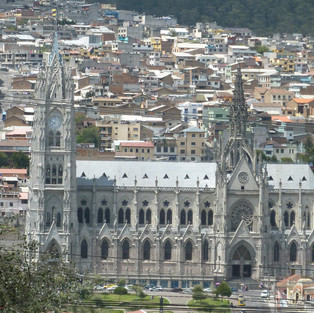





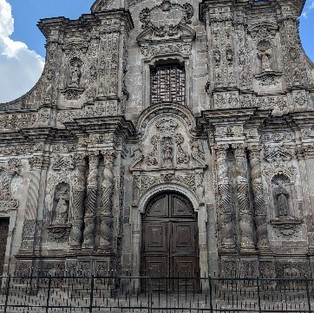




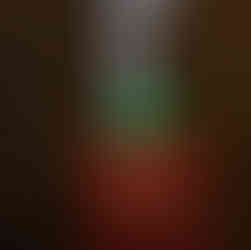










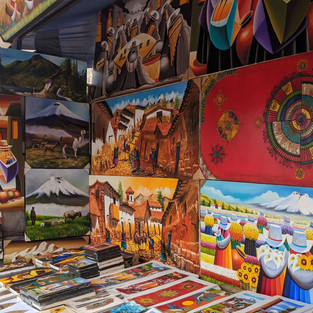







Wow! That looks so amazing. A must see for sure
Brilliant write up and lovely pics!♥️
Fantastic!!
wow...beautiful pictures and a lovely write up.....enticing !
Thanks for sharing Suk and Sangy! Quito seems to be an awesome destination.